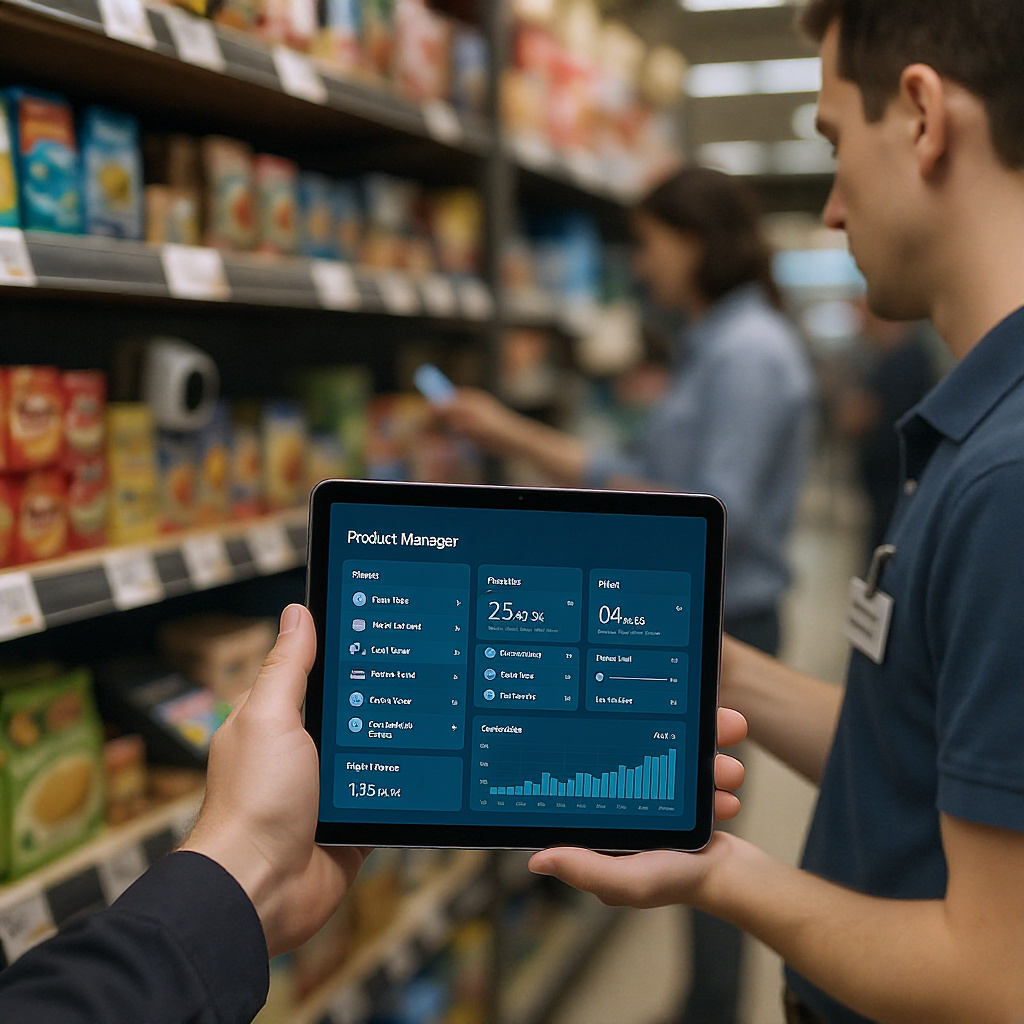
-
25/11/2025
Main point: Practical AI in retail—focused on personalization, demand forecasting and automation—delivers immediate, measurable benefits for customers and operators when deployed with clear pilots, strong data hygiene and privacy guardrails.
Why this matters: AI turns routine signals into timely actions that speed service, reduce waste and increase conversion while freeing staff for higher‑value work. Prioritize high‑impact, feasible use cases, prove them in short pilots, and scale with monitoring and explainability.
Top benefits (quick summary):
- Faster service: smarter queues, instant chat help and quicker checkouts.
- Reduced waste: accurate demand forecasts and smarter ordering cut markdowns and spoilage.
- Higher conversion: relevant recommendations and targeted offers increase purchases and average order value.
Core capabilities and how they work:
- Personalized recommendations: models combine browsing, purchase history and response to past offers to surface complementary items, refills and dynamic promotions. Apply transparency, opt‑in controls and fairness checks so recommendations help rather than confuse shoppers.
- Demand forecasting: models weigh seasonality, promotions, events and weather to forecast SKU-store-day demand, enabling smarter reorder points, dynamic safety stock and automated replenishment.
- Automation (pricing & merchandising): dynamic pricing and automated merchandising follow explicit rules (price floors, margin targets, segment controls), staged A/B tests and clear customer messaging to avoid trust erosion.
- Store operations: staff scheduling, checkout automation and loss‑prevention models augment people—reducing burnout, shortening lines and flagging anomalous behavior with privacy safeguards.
Evidence & expected outcomes: pilots often yield single‑digit to low‑double‑digit lifts in conversion or AOV, notable reductions in stockouts and inventory costs, and labor efficiencies. Verify claims with independent sources (industry reports and case studies) and require statistical significance before scaling.
How to start (practical playbook):
- Prioritize: score opportunities by customer/margin impact, feasibility, data readiness and operational risk. Early wins: forecasting, replenishment and basic personalization.
- Pilot: define a clear hypothesis, MVP, KPIs (conversion, fill rate, markdown reduction, labor hours), cohort size and a 6–12 week window. Use A/B tests or phased rollouts.
- Data readiness: unify sales, inventory, POS and loyalty into an auditable source of truth. Small, clean datasets beat large, messy ones for pilots.
- Cross‑functional team: executive sponsor, product owner, data/ML engineers, analysts, ops managers and legal/privacy.
- Scale safely: production pipelines, monitoring, drift detection, model versioning, explainability logs and rollback plans.
Measurement, privacy and trust: track a small set of KPIs, establish baselines, set alert thresholds and report to both technical and business stakeholders. Treat privacy as a product requirement—collect only what you need, anonymize or aggregate where possible, set retention limits, provide consent/opt‑out and log decisions for audits. Surface plain‑language reasons for recommendations and offer human review paths.
Examples & cross‑channel touchpoints:
- Online → mobile: saved item triggers one‑tap in‑app discount for same‑day pickup.
- Mobile → in‑store: push notification with a location‑specific deal when entering a store.
- In‑store → online: digital signage links to wishlist items for later purchase.
Cautions & best practices: deploy gradually, validate with experiments, log decisions for audits, and monitor for unfair outcomes that could harm customer trust. Combine technical safeguards (on‑device inference, aggregated signals, differential privacy when appropriate) with contractual vendor protections.
Final tip: prioritize pragmatism over perfection—run tight pilots, learn fast from metrics and frontline feedback, and expand only when quantitative results and qualitative signals align.
